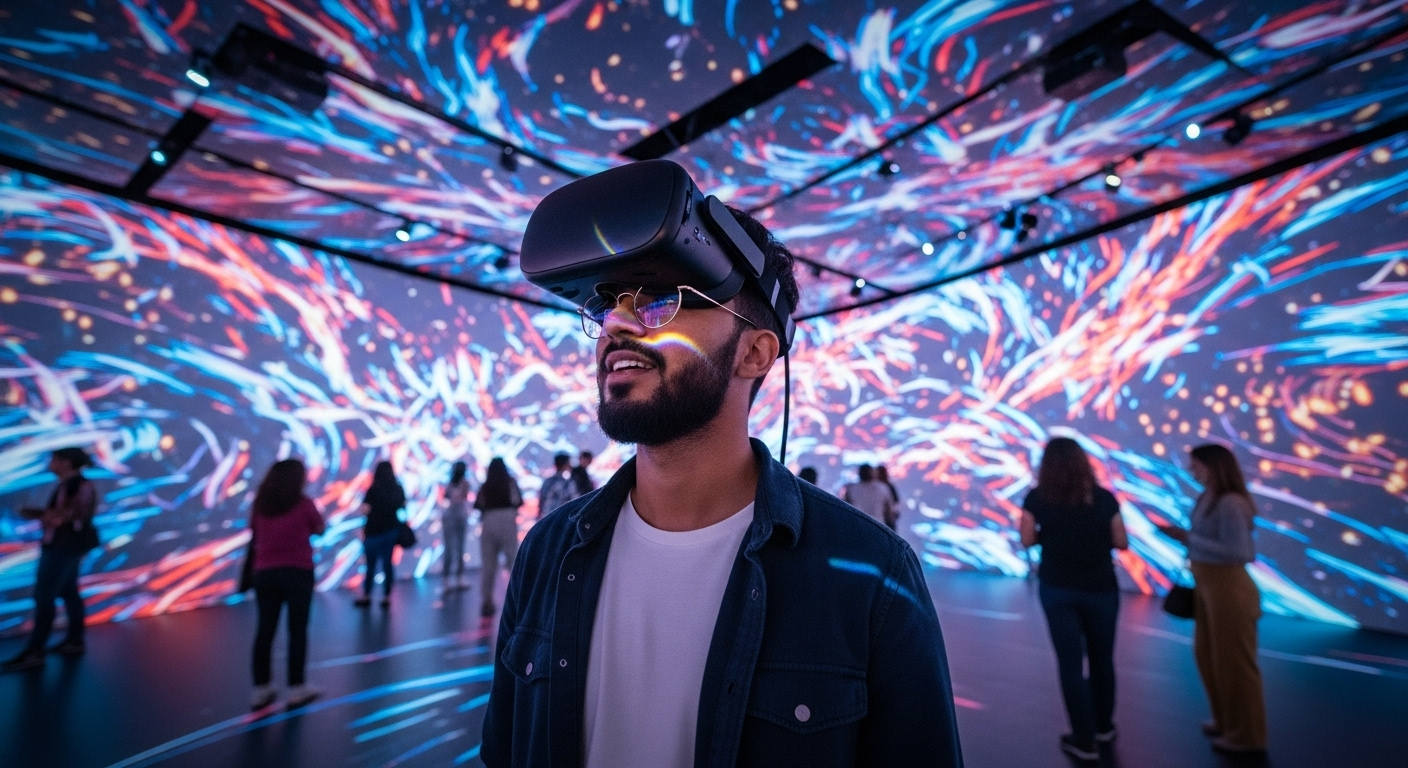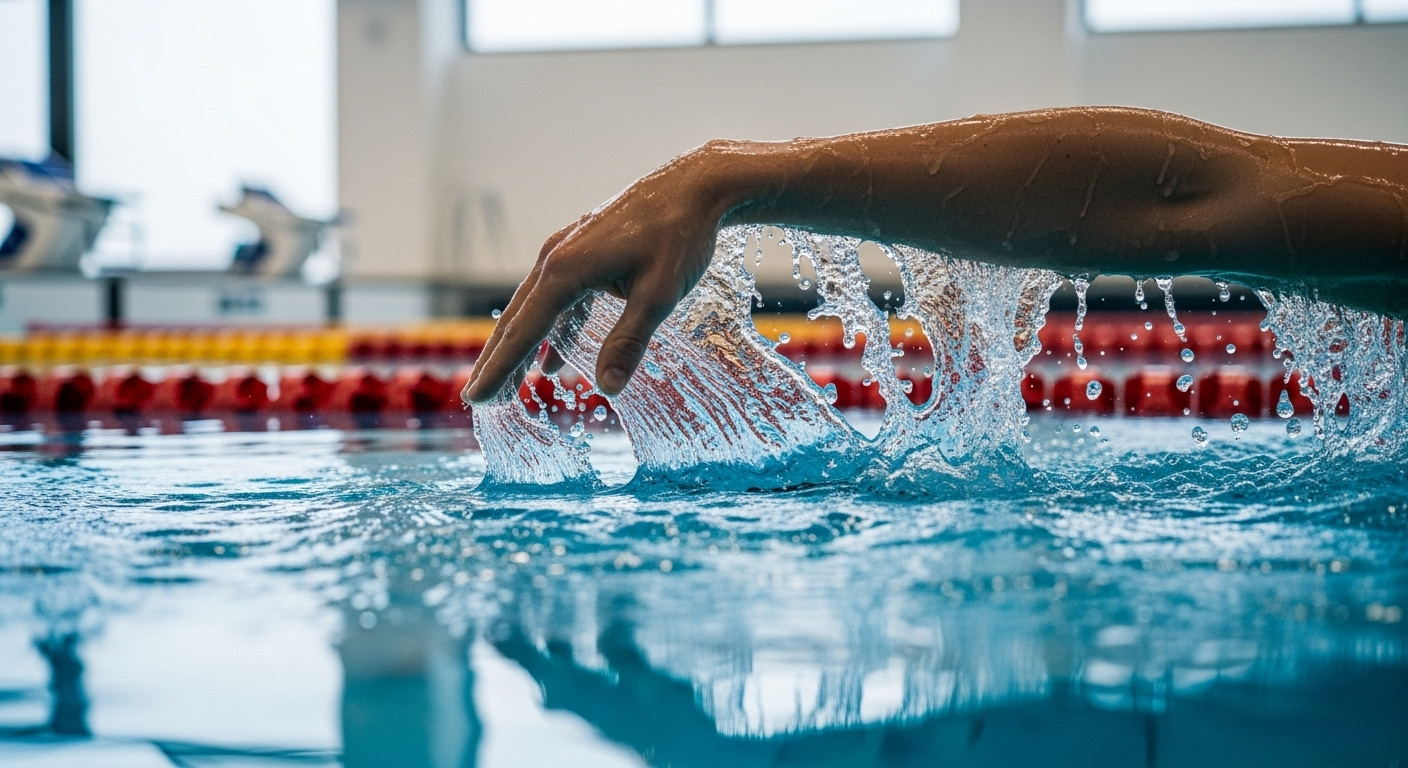Shaping the Future: The Rise of Virtual Reality Art
Art has always been at the forefront of technological evolution, adapting to the changing tides of the world. Today, we stand at the cusp of a new frontier in artistic expression with the rise of virtual reality art. This article will delve into the historical journey, current trends, and the impact of this groundbreaking art form.

A Glimpse into the Past: The Journey of Virtual Reality Art
Virtual reality art is not a sudden phenomenon. Its seeds were sown in the 1960s with the development of Sensorama, a machine that provided a multi-sensory cinematic experience. However, it wasn’t until the 1980s that the term ‘virtual reality’ was coined by Jaron Lanier, leading to the birth of the first VR artworks. Artists like Char Davies and Jeffrey Shaw embraced this technology to create immersive virtual environments, laying the foundation for the current wave of VR art.
Virtual Reality Art in Today’s World
In recent years, VR art has gained significant momentum, spurred by advancements in VR technology and the increasing accessibility of VR headsets. Artists are now using VR not only as a new medium but also as a tool for creating traditional art forms. Virtual reality art has found its way into major art events like the Venice Biennale and Sundance Film Festival, paving the way for its acceptance in the mainstream art world.
The Impact of Virtual Reality Art
The advent of VR art has fundamentally altered the way we perceive and interact with art. It offers an immersive, interactive experience that transcends the static nature of traditional art forms. It lets viewers step inside the artwork, interact with its elements, and even alter the artwork in real-time. This level of interactivity has redefined the viewer’s role from a passive observer to an active participant, revolutionizing the underlying dynamics of artistic expression.
The Reception and Significance of Virtual Reality Art
The reception of VR art has been largely positive, with critics lauding it as a groundbreaking medium that pushes the boundaries of artistic expression. However, it has also sparked debates about the authenticity of digital art and the diminishing role of physicality in art. Despite these debates, the significance of VR art cannot be undermined. It represents a shift towards a more inclusive and participatory art world, where viewers can engage with art on a profoundly personal level.
Looking Ahead: The Future of Virtual Reality Art
As we look towards the future, it is evident that VR art is poised for growth. With the ongoing advancements in VR technology and increasing societal acceptance, VR art will continue to evolve and push the boundaries of artistic expression. It promises a future where art is not confined to physical spaces but exists in an infinite virtual realm, offering unparalleled experiences that challenge our perception of reality.
In conclusion, the rise of virtual reality art marks a significant milestone in the evolution of art. It symbolizes the unending quest for innovation in artistic expression, opening up a world of limitless possibilities. As we continue to explore this fascinating medium, we can only anticipate the exciting surprises it holds for the future of art.




